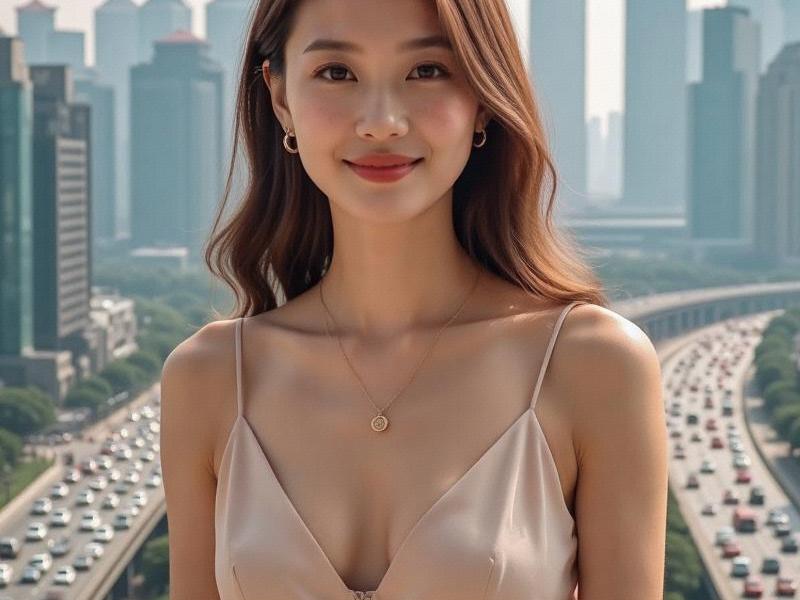This 1800-word investigative report explores how Shanghai women are redefining Chinese beauty standards while driving the nation's cosmetic and fashion industries forward.

Section 1: Historical Context
Beauty Through the Decades:
• 1920s: Qipao elegance and Western influence
• 1950s-70s: Austere revolutionary style
• 1980s: First wave of cosmetic brands
• 2000s: K-beauty influence
• Present: Fusion aesthetics
Section 2: The Shanghai Beauty Profile
Current Trends:
• "Natural glam" makeup style
• Tailored cheongsam revival
• Eco-conscious beauty movement
• Tech-enhanced skincare routines
Economic Impact:
上海龙凤419是哪里的 • 42% of China's cosmetic sales originate in Shanghai
• Average monthly beauty spending: ¥1,850
• 68% use both domestic and international brands
Section 3: Industry Drivers
Key Players:
• Homegrown brands (Herborist, Pechoin)
• International cosmetics HQs
• Influencer ecosystem
• Fashion Week economic impact
Innovation Hub:
• Skincare tech patents (32% national share)
• AI beauty advisors
• Sustainable packaging initiatives
上海贵族宝贝自荐419 Section 4: Cultural Significance
Media Representation:
• TV dramas shaping perceptions
• Magazine cover trends
• Social media beauty standards
Social Dynamics:
• Workplace appearance expectations
• Generational differences
• Male grooming market growth
Section 5: Future Outlook
Emerging Trends:
• Hanfu makeup fusion
• Gender-neutral beauty lines
上海贵族宝贝sh1314 • Customized skincare genetics
Challenges:
• Age diversity in advertising
• Sustainable consumption
• Mental health considerations
Expert Perspectives
"Shanghai women have created a distinctive aesthetic that balances global trends with Chinese sensibilities," notes fashion historian Dr. Li Wen. "Their choices directly influence billion-dollar market decisions."
Statistical Appendix
• Beauty Clinics: 1,850+ in Shanghai
• Monthly Facials: 62% of women aged 25-40
• Cosmetic Procedures: 28% annual growth
• Fashion Influencers: 38% based in Shanghai
• Luxury Purchases: 41% by female consumers